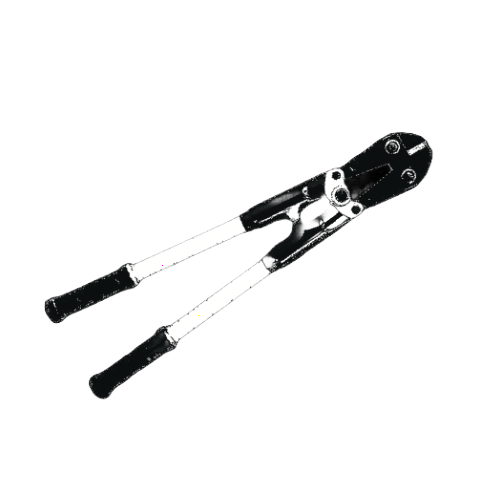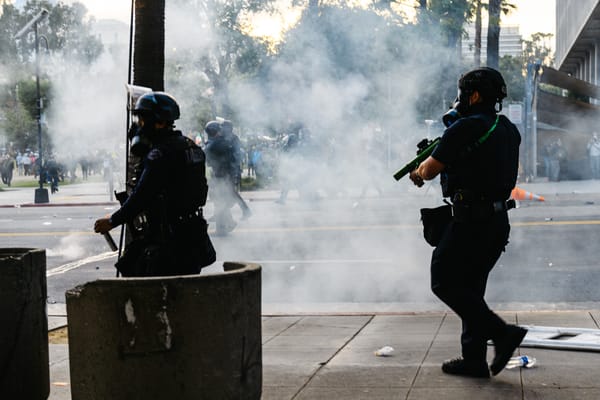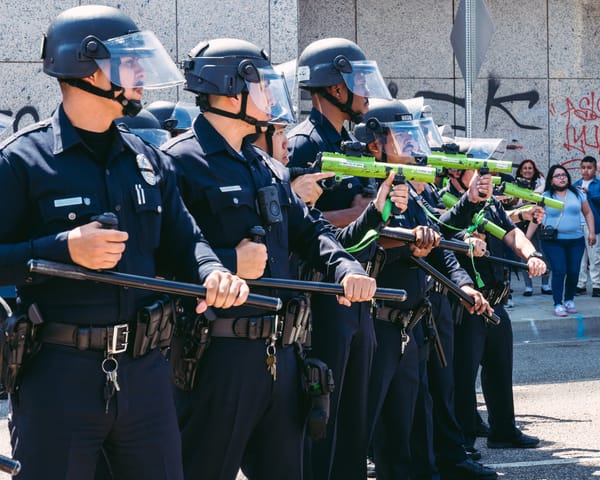Passive Restraints
A judge tells the Los Angeles Police Department to knock it off and stop hurting journalists at protests.
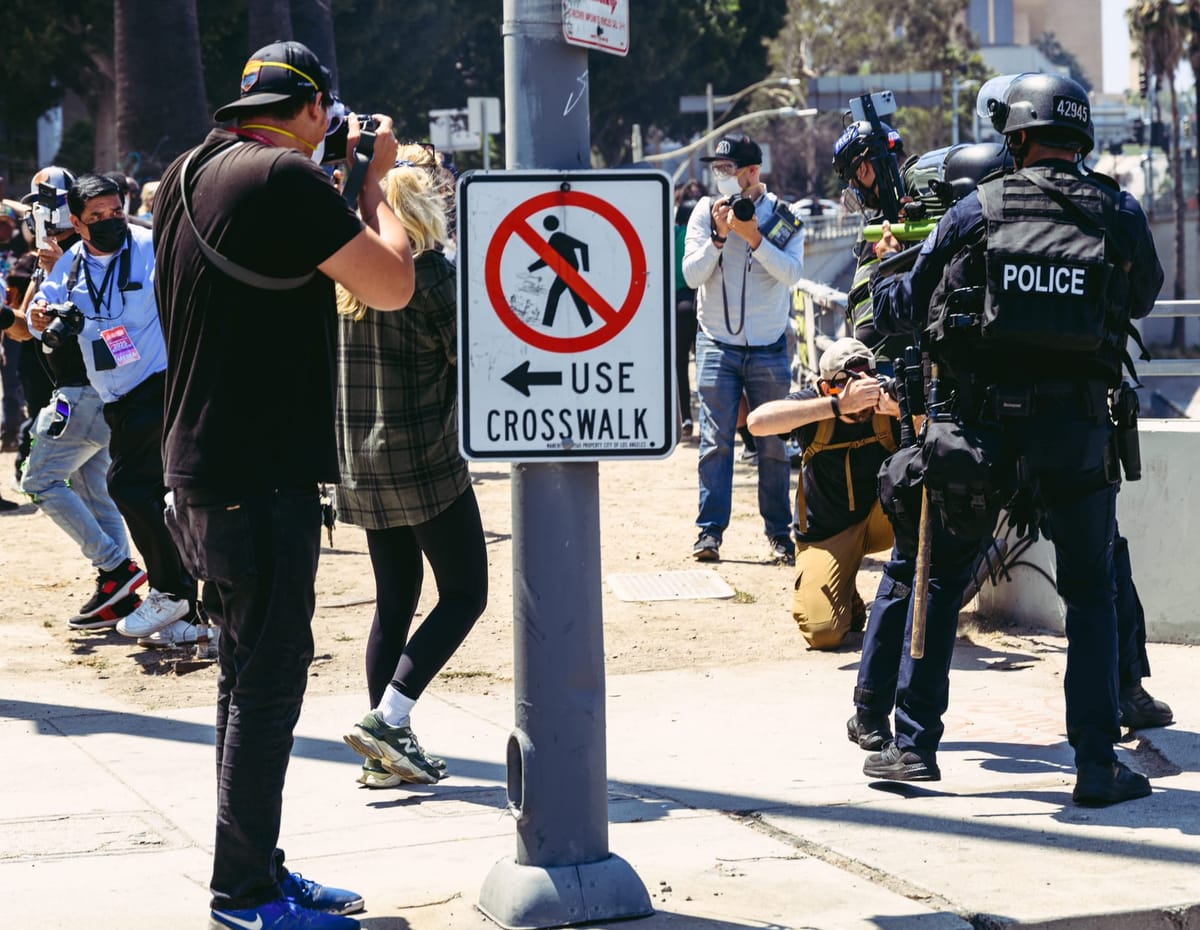
Two weeks ago, United States District Judge Hernán D. Vera ordered the LAPD to stop shooting journalists with rubber bullets and other “crowd control munitions,” including flash bangs.
The emergency temporary restraining order also prevents the LAPD from interfering with or obstructing journalists by prohibiting them from entering a closed area or arresting them for failing to disperse.
They should know better–it is the law after all. SB98 and the new TRO have the same restrictions on police and their interactions with the press at protests.
The suit filed by the Los Angeles Press Club (shoutout to Adam Rose) includes declarations from a variety of journalists who described their experiences over the past few weeks. All of whom were clearly identified as the press. Their accounts of what happened to them are anger-inducing.
Multiple journalists were nearly trampled by police on horses, including 82-year-old photojournalist David Healy, who broke a rib after getting knocked to the ground by a mounted police officer.
Incredibly chaotic scene Los Angeles as LAPD is pushing forward a skirmish line and violently arresting anti-ICE protesters. You can also hear me grunt when police shoot me in the abdomen with some kind of projectile.
— Jeremy Lindenfeld (@jeremotographs.bsky.social) June 9, 2025 at 7:38 PM
[image or embed]
Another journalist may have permanent vision loss after being hit in the face with a rubber bullet. Others were shot directly in the chest, head, and the back of the leg with rubber bullets. Some were teargassed and pushed from behind with batons.
Several incidents happened live on-air, like Australian reporter Lauren Tomasi, who was blatantly targeted and shot by an officer on a skirmish line.
U.S. Correspondent Lauren Tomasi has been caught in the crossfire as the LAPD fired rubber bullets at protesters in the heart of Los Angeles. #9News
— 9News Australia (@9NewsAUS) June 9, 2025
LATEST: https://t.co/l5w7JxixxB pic.twitter.com/nvQ7m9TGLj
Prime Minister Anthony Albanese of Australia said what happened to Tomasi, who was "clearly identified" as a reporter, was "horrific."
The Prime Minister of Australia has said more about the LAPD's actions towards journalists than the city's own mayor. Mayor Bass could, at any point, tell the department to stop indiscriminately firing rubber bullets at people and targeting journalists. It's not a tall ask to say to them to follow the law.
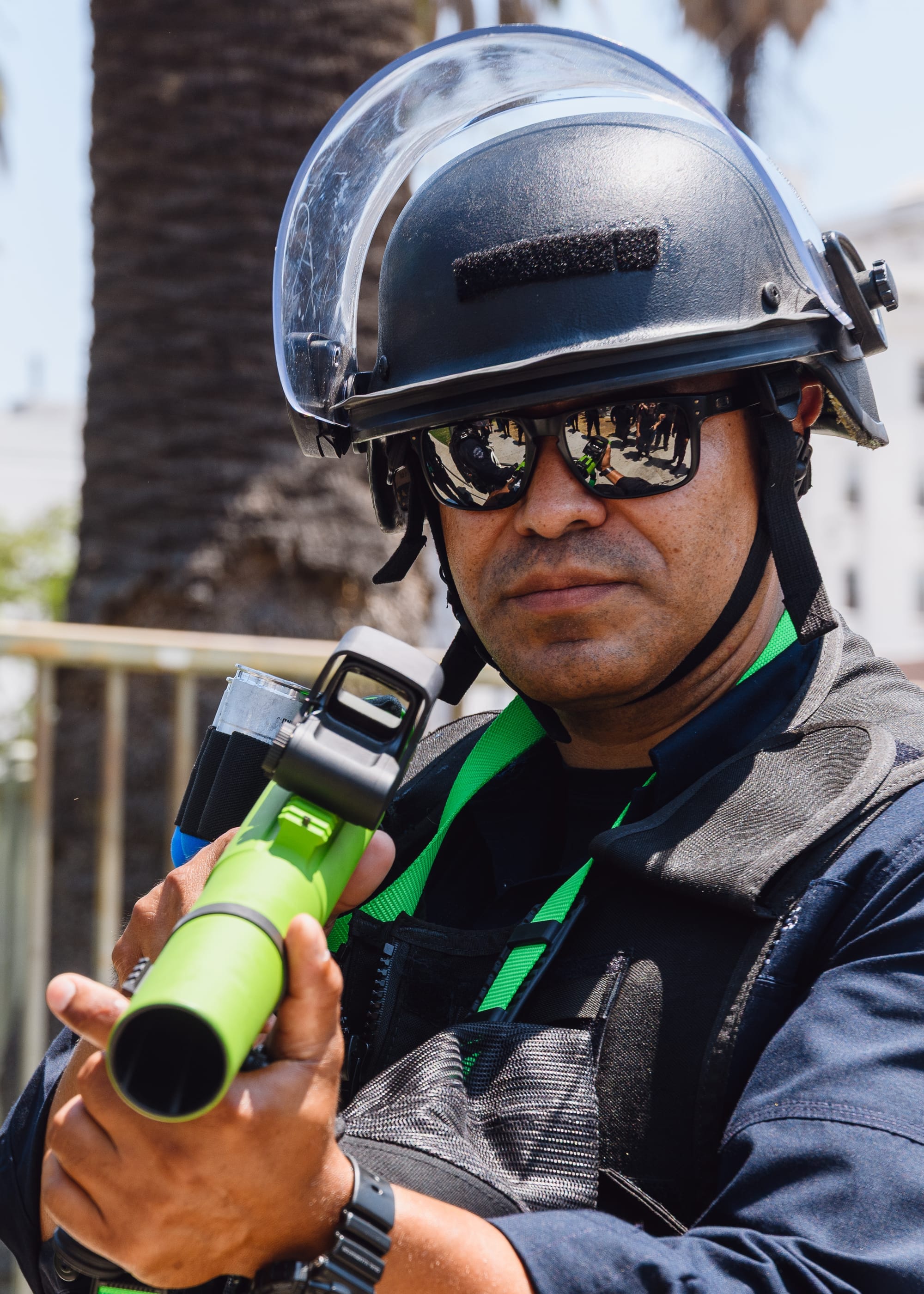
This isn't a new problem. Nor is it out of character. Bloodied reporters and photojournalists are a fixture at demonstrations in the city.
The department has faced settlements and valid criticism for its repeated misconduct, going back to the 2000 Democratic National Convention and the 2007 May Day Melee, when an out-of-control LAPD assaulted people celebrating the holiday at MacArthur Park.
Since then, protests like the one against the sweep of Echo Park Lake in 2021 have featured nearly identical police responses with the same outcomes.
It doesn't have to be this way. Yet it persists because the department rarely disciplines the police officers responsible for injuries or misconduct. The million-dollar settlements they cause don't come out of the department's pocket, either.
They do it, likely because they can and have gotten away with it.
No paywall. No ads. No masters.
You can help me keep it that way by becoming a paid subscriber.
Defend Journalism
I care deeply about press freedoms in the city and across the country. I've helped organize group chats with journalists to ensure our safety on the ground. When I've been stuck at home, I've worked to collect documentation on press abuses from police to share with local press advocates.
I care because if the police feel comfortable violating the First Amendment rights of the press, then they're likely to feel comfortable doing the same to the public.
I've covered protests in Los Angeles for almost five years now. I've dodged rubber bullets, been pushed to the ground with a baton, and weasled my way out of getting arrested a few times. It all feels tame compared to what I witnessed at last month's protests.
What we do shouldn't be dangerous. My colleagues and I shouldn't have to fear a life-altering injury while reporting. We shouldn't have to wear helmets and armored plate carriers to take photos or videos. I shouldn't have to wear a respirator to avoid choking on plumes of tear gas. No journalist should be handcuffed and jailed for doing their job.
I am pleased to see the TRO temporarily in place and hope it remains, but I have little faith that it will make a lasting difference in the long run.
History has shown me otherwise.
If you appreciated this story or any of my other work, you can buy me a coffee, a Diet Coke, or cover a handful of public records requests.
You can read the department's memo to its officers regarding what the department cannot do, as outlined by the TRO, here.
The LAPD isn't the only department acting this way, either. The Los Angeles County Sheriff's Department is also facing a TRO for injuring and targeting journalists. The California Highway Patrol and the Department of Homeland Security, which is currently occupying the city, got in on the "fun" too.
This New York Times investigation about the violence the LAPD inflicted on people at last month's protests made my gut drop.
Trigger warning for blood and police violence.
